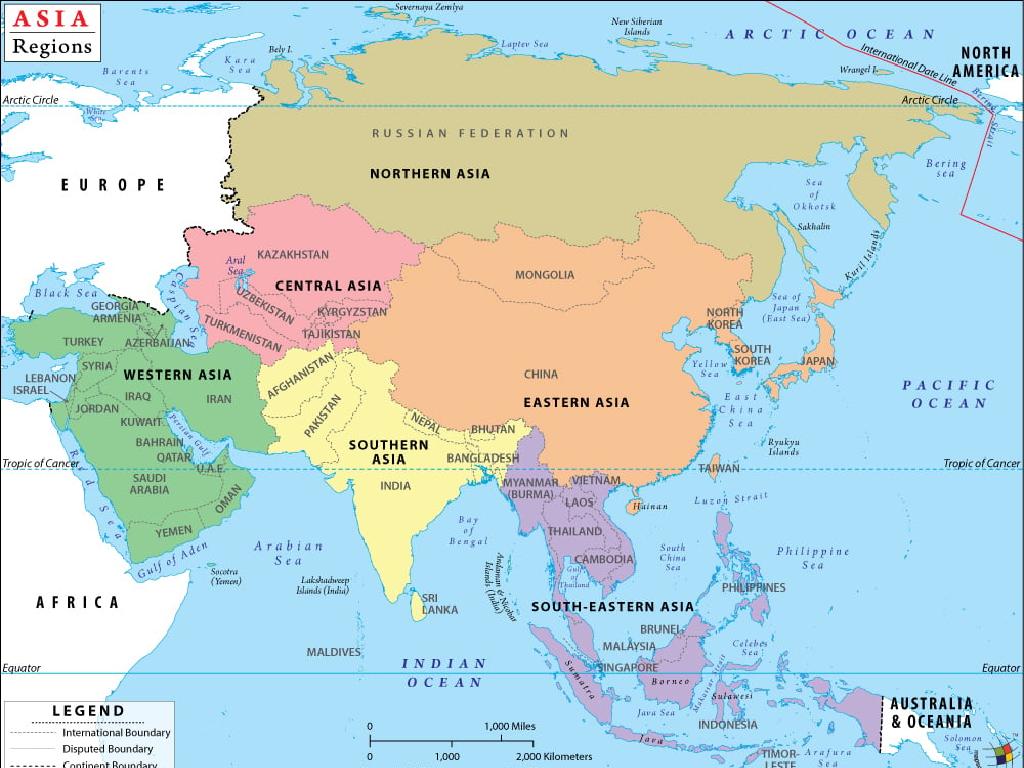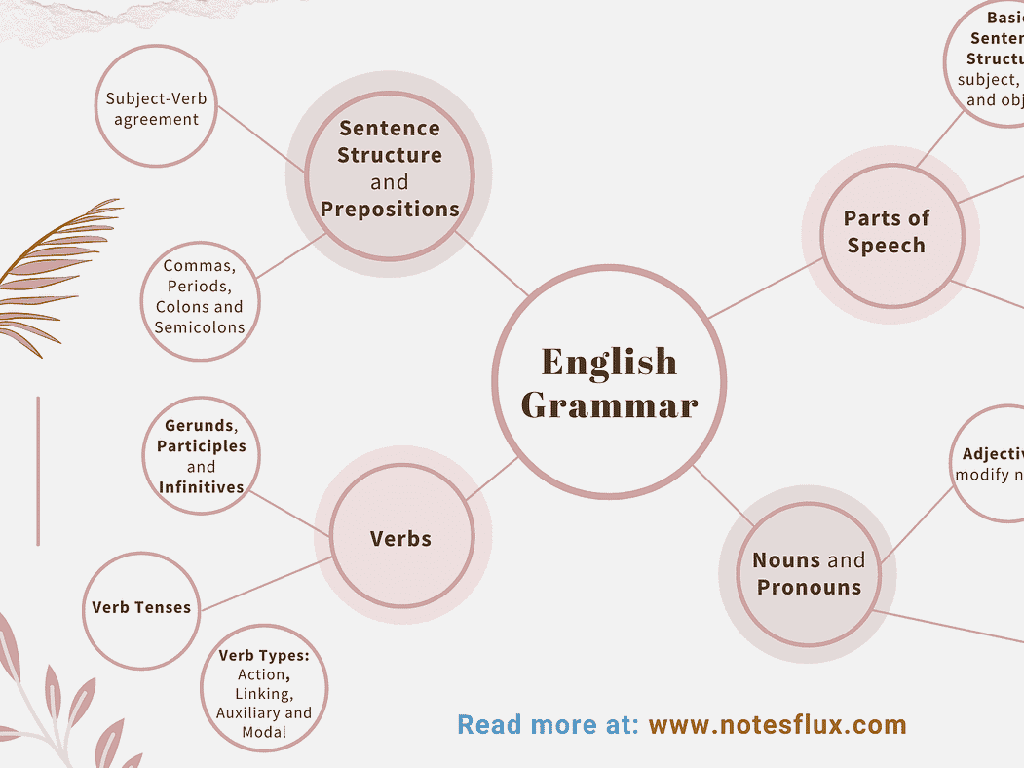Teacher Resources
Subject: Life skills
Grade: High school
Topic: Financial Literacy
Please LOG IN to download the presentation. Access is available to registered users only.
View More Content
Introduction to Financial Literacy
– Grasping the value of money
– Importance of Financial Literacy
– Financial literacy is crucial for making informed money management decisions.
– Today’s focus: Teacher Resources
– Preparing for a financially stable future
– Understanding financial concepts is key to personal and professional success.
|
This slide introduces the concept of financial literacy to high school students, emphasizing its importance in both personal and professional aspects of their future. Begin by discussing the basic value of money and how it affects daily decisions. Highlight the significance of being financially literate, including the ability to budget, invest, and manage debt. Today’s lesson will focus on the resources available to teachers to effectively impart this knowledge. Stress the long-term benefits of financial literacy, such as achieving financial stability, avoiding debt, and understanding the implications of financial decisions. Encourage students to think about how financial literacy can impact their life goals and career choices.
Financial Literacy: Teacher Resources
– Defining teacher resources
– Materials or tools used to support educational objectives, e.g., textbooks, software.
– Enhancing learning with resources
– Resources can provide real-world scenarios, interactive activities, and up-to-date information.
– Types of financial literacy resources
– Includes lesson plans, online courses, simulation games, and budgeting worksheets.
– Utilizing resources effectively
|
Teacher resources are essential tools that aid in the delivery of educational content and the enhancement of student learning. They can range from traditional materials like textbooks to digital platforms offering interactive simulations. In the context of financial literacy, these resources help students grasp complex concepts through practical application and engagement. For example, budgeting worksheets allow students to practice managing finances, while simulation games can introduce them to the stock market in an accessible way. It’s crucial to select resources that align with learning goals and to integrate them into lessons in a way that maximizes student participation and comprehension.
Budgeting Basics
– Understanding a budget
– A budget tracks income and expenses, crucial for financial planning.
– Steps to create a budget
– Identify income, list expenses, set savings goals, and monitor progress.
– Class activity: Budget drafting
– Students will draft their own budget based on a given scenario.
|
This slide introduces students to the concept of budgeting, an essential skill for financial literacy. Begin by explaining what a budget is a plan for how to spend and save money, and why it’s important for managing finances effectively. Walk through the basic steps to create a budget: identifying all sources of income, listing monthly expenses, setting savings goals, and tracking spending to stay within those goals. For the class activity, provide students with a scenario that includes a monthly income and various expenses. Guide them to draft a simple budget plan, which will help them understand the practical aspects of budgeting. This activity will also serve as a foundation for more complex financial planning lessons in the future.
Saving and Investing: Building Financial Security
– Distinction between saving & investing
– Saving is storing money for future use; investing is using money to earn more.
– The power of saving early
– Starting to save early leverages compound interest over time.
– Basic investment principles
– Investments can include stocks, bonds, and mutual funds.
– Encouraging smart financial habits
|
This slide aims to introduce students to the foundational concepts of saving and investing, crucial for financial literacy. Begin by explaining that saving is the process of putting money aside in safe accounts for future needs, while investing involves using money to buy assets that could increase in value over time. Emphasize the importance of starting to save early to take advantage of compound interest, which can significantly grow savings. Introduce simple investment concepts such as stocks, which represent ownership in a company; bonds, which are loans to a company or government; and mutual funds, which pool money from many investors to buy a diversified portfolio of stocks and bonds. Encourage students to adopt smart financial habits and to think critically about how they can apply these concepts in their own lives.
Credit and Debt Management
– Understanding credit scores
– A numerical expression based on credit history, representing creditworthiness.
– Distinguishing good vs. bad debt
– Good debt can be an investment that grows in value, bad debt doesn’t offer returns.
– Tips for responsible debt management
– Create a budget, prioritize debts, and avoid taking on too much.
– The impact of debt on financial health
|
This slide aims to educate high school students on the fundamentals of credit and debt management, a crucial aspect of financial literacy. Start by explaining what a credit score is and why it’s important for future financial opportunities, such as taking out a loan or renting an apartment. Discuss the concept of good debt, like student loans or mortgages, which can lead to increased net worth, versus bad debt, such as high-interest credit cards, which can hinder financial growth. Offer practical tips for managing debt, like budgeting and paying off high-interest debts first. Emphasize the long-term impact of debt on financial health and the importance of making informed decisions. This knowledge is essential for students as they prepare to enter adulthood and manage their own finances.
Teacher Resources for Financial Literacy
– Key resources: books, websites, software
– ‘Rich Dad Poor Dad’, EverFi, Mint
– Effective classroom integration
– Interactive activities, discussions
– Evaluate resource credibility
– Check author expertise, reviews
– Assessing resource usefulness
– Align with curriculum, student engagement
|
This slide aims to equip teachers with the necessary tools to teach financial literacy. Highlight essential resources such as ‘Rich Dad Poor Dad’ for books, EverFi for websites, and Mint for software. Discuss ways to integrate these resources into the classroom through interactive activities and guided discussions. Emphasize the importance of evaluating each resource’s credibility by checking the author’s expertise and reading reviews. Finally, assess each resource’s usefulness by determining how well it aligns with the curriculum and engages students. Encourage teachers to share their experiences and tips for using these resources effectively.
Interactive Activity: Financial Resource Exploration
– Explore financial literacy resources
– Summarize one resource each
– Choose a resource, read it, and prepare a brief summary
– Discuss resource applicability
– How can these resources be used in real life?
– Reflect on learning outcomes
– Think about how this activity helped your understanding of finances
|
This interactive class activity is designed to engage students with practical financial literacy resources. Each student will select a resource, such as an article, video, or tool, provided by the teacher. They will then read or watch their chosen resource and prepare a short summary to present to the class. After each presentation, there will be a class discussion on how the information can be applied in real-life scenarios, enhancing their understanding of financial concepts. The teacher should prepare a list of diverse and age-appropriate resources beforehand and guide the discussion to ensure all students participate and reflect on what they’ve learned. Possible resources include budgeting apps, investment games, or articles on credit scores.
Wrapping Up Financial Literacy
– Recap: Financial Literacy Essentials
– The value of ongoing financial education
– Understanding money management is a lifelong journey.
– Your questions & thoughts
– Discuss and reflect on key learnings
– Share how this knowledge applies to your future.
|
As we conclude our session on Financial Literacy, it’s crucial to revisit the key resources and concepts we’ve covered. Emphasize the importance of continuous learning in financial matters, as it’s an ever-evolving field that impacts all aspects of life. Encourage students to ask questions and engage in a discussion to clarify any uncertainties. This open dialogue will not only reinforce their understanding but also allow them to express their insights and connect the dots on how financial literacy is relevant to their personal goals and future plans. Be prepared to provide examples, answer questions, and guide the conversation to ensure a comprehensive understanding of the subject matter.
Class Activity: Budgeting Basics
– Receive a budgeting scenario
– Create a monthly budget plan
– Allocate income to expenses like rent, food, savings
– Discuss budgeting strategies
– Share tips like ‘pay yourself first’ or ‘cut unnecessary expenses’
– Reflect on the budgeting process
– Think about what worked and what could be improved
|
This activity is designed to provide practical experience in managing finances. Students will be given a realistic scenario that includes a fixed income and a list of monthly expenses. They will need to allocate funds appropriately to cover all expenses and ideally save some money. After creating their budgets, students will come together to discuss various strategies, such as prioritizing needs over wants or finding ways to reduce spending. The reflection part of the activity will encourage students to think critically about their budgeting choices and learn from their peers. For the teacher: Prepare diverse scenarios to cater to different income levels and lifestyles. Provide guidance on how to prioritize expenses and encourage students to think creatively about saving money. Have a list of discussion questions ready to stimulate conversation and learning.





